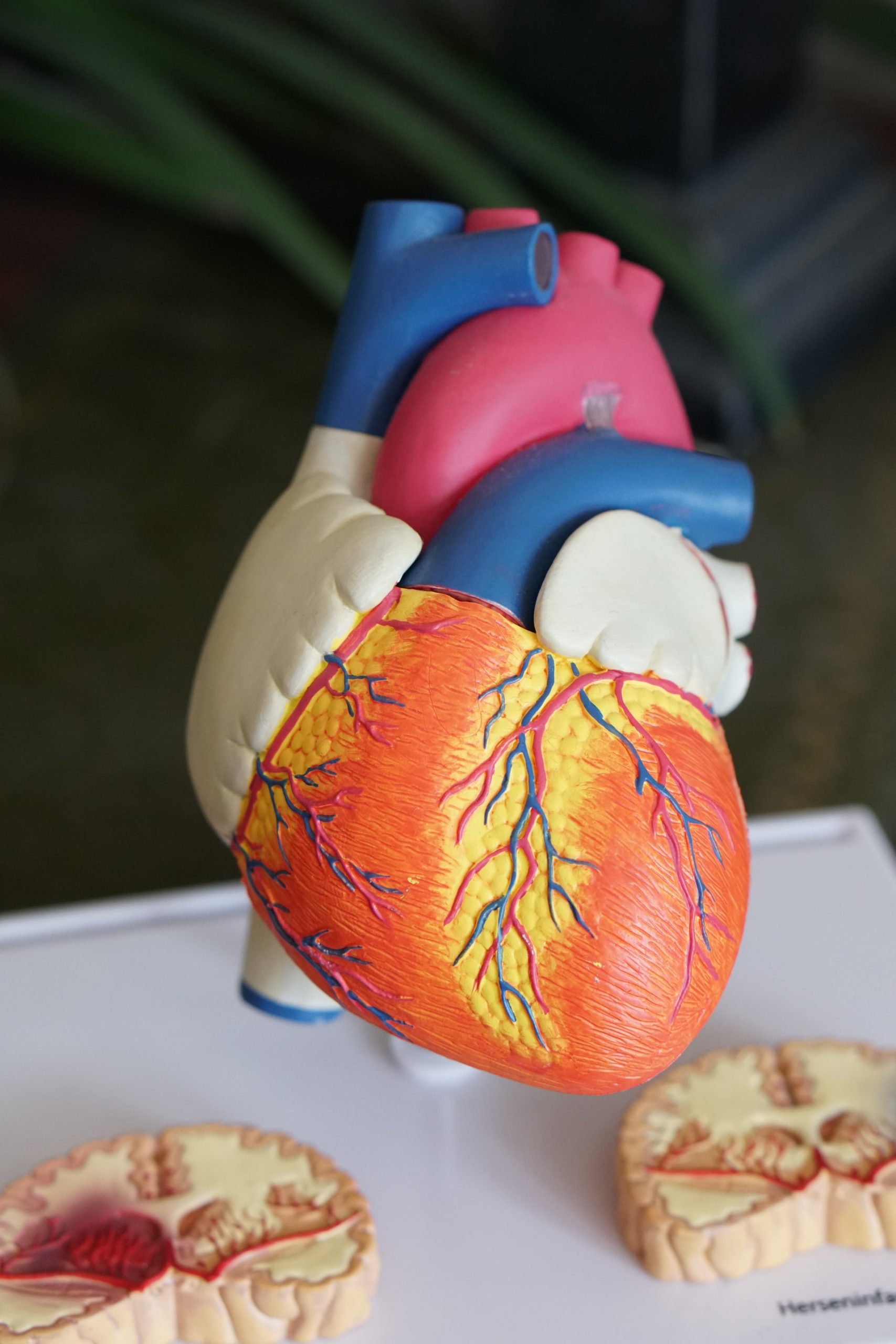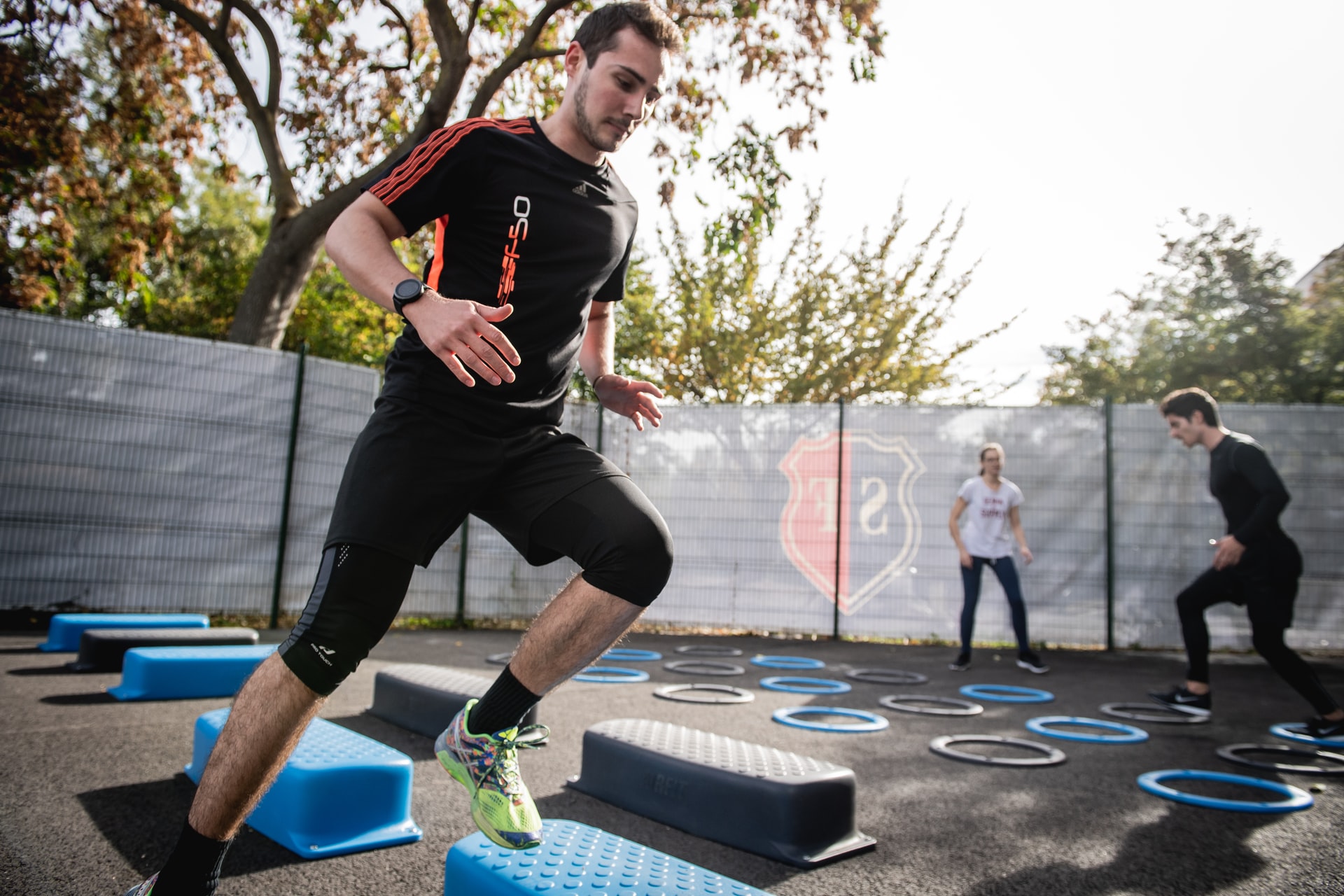Forget about air pollution. Some people—particularly those who live in large urban areas where the air quality is less than ideal—avoid exercise because they’re afraid of the damage smog could do. But researchers at the University of Copenhagen have concluded that the “benefits of exercise outweigh the harmful effects of air pollution.” To be more specific, “Even for those living in the most polluted areas of Copenhagen, it is healthier to go for a run, a walk or to cycle to work than it is to stay inactive,” said Associate Professor Zorana Jovanovic Andersen from the Centre for Epidemiology and Screening at the University of Copenhagen. In a University press release. Jovanovic’s study included 52,061 subjects, aged 50-65 years, from the two large cities in Denmark. According to the study, participants reported on their physical leisure activities, including sports, cycling to/from work and in their leisure time, gardening and walking. The researchers then estimated air pollution levels from traffic at their residential addresses. The researchers found that there were 20% fewer deaths among those who exercised than among those who didn’t exercise, even for those who lived in the most polluted areas. The study was published in the journal Environmental Health Perspectives. Read an abstract here: https://ehp.niehs.nih.gov/1408698/
Even non-aerobic activity (aka walking) can boost cognitive function and creativity. There’s a lot of anecdotal evidence that walking boosts creativity. The late Steve Jobs, for example, was famous for his walking meetings. But researchers from Stanford University may have figured out what that connection is all about. The researchers, led by Marily Oppezzo, a Stanford doctoral graduate in educational psychology, and Daniel Schwartz, a professor at Stanford Graduate School of Education, ran a series of four experiments that put participants in a variety of conditions: walking indoors on a treadmill or sitting indoors – both facing a blank wall – and walking outdoors or sitting outdoors while being pushed in wheelchair. The result? A person walking indoors – on a treadmill in a room facing a blank wall – or walking outdoors in the fresh air produced twice as many creative responses compared to a person sitting down. Overall, creative output increased by as much as 60 percent while walking. According to a University press release, participants’ creative juices continued to flow even when a person sat back down shortly after a walk. “We’re not saying walking can turn you into Michelangelo,” said Oppezzo. “But it could help you at the beginning stages of creativity.” The bottom line? “We already know that physical activity is important and sitting too often is unhealthy. This study is another justification for integrating bouts of physical activity into the day, whether it’s recess at school or turning a meeting at work into a walking one,” Oppezzo said in the press release. “We’d be healthier, and maybe more innovative for it.” The study was published in the Journal of Experimental Psychology: Learning, Memory, and Cognition. Read the full study here: https://www.apa.org/pubs/journals/releases/xlm-a0036577.pdf



